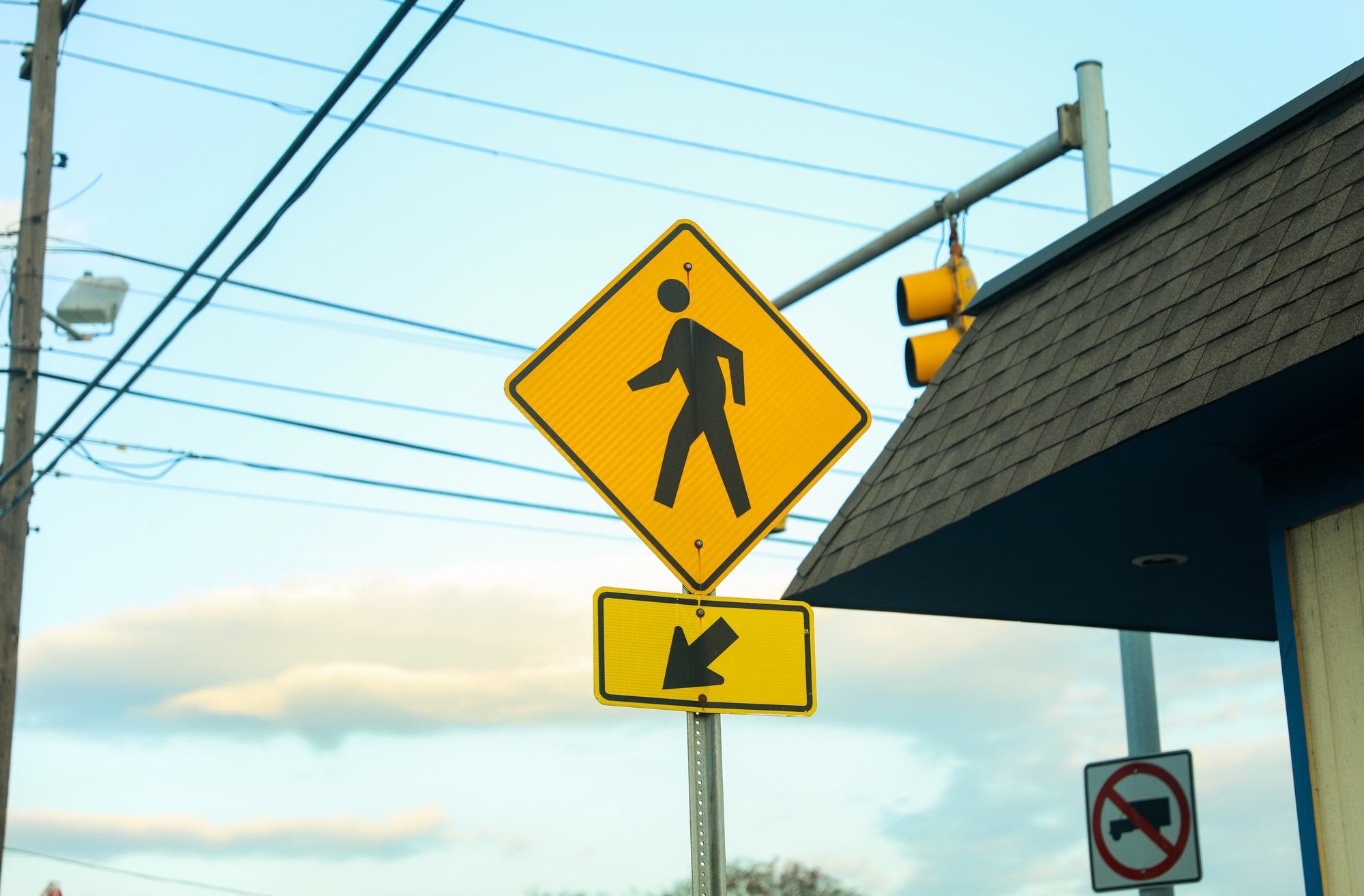Most of us are taught from a young age to look both ways to check for cars before crossing the street. While that remains an important habit, there is much more to pedestrian safety than simply checking for oncoming cars or following traffic signals. Pedestrians in New Brunswick have both rights and responsibilities under the Motor Vehicle Act. Being aware of these rules can help avoid collisions. Exercising caution is especially important as we head into the summer months, when more people are walking, running, and cycling on our roads. In addition, summertime is construction season, and there may be changes to the sidewalks and designated crosswalks.
Pedestrians have the right to use the road, but with that right comes the obligation to do so safely and legally. The New Brunswick Motor Vehicle Act sets out specific rules for how and where pedestrians may cross and what responsibilities drivers have in those situations.
Here are some key highlights from the legislation:
Under section 170(1) of the Act, drivers are required to yield the right-of-way to pedestrians who are crossing within a marked or unmarked crosswalk at an intersection, provided the pedestrian has not stepped into traffic suddenly or unsafely. This means drivers must slow down or stop, if necessary, to allow pedestrians to cross safely.
Additionally, section 170(2) prohibits drivers from changing lanes, overtaking, or passing other vehicles that have stopped to allow a pedestrian to cross. This rule helps ensure visibility and prevents tragic accidents when one driver stops but another does not see the pedestrian.
When Pedestrians Must Yield
Pedestrians also have responsibilities. According to section 171(1), if you’re crossing the road outside of a crosswalk, whether marked or unmarked, you must yield to all vehicles. Furthermore, section 171(3) makes it illegal to cross between two signalized intersections except at a designated crosswalk.
If there’s a pedestrian tunnel or overhead crossing available, section 171(2) requires pedestrians to use the designated area—and to yield to vehicles if there is no tunnel or crossing available.
Pedestrians must also follow pedestrian traffic signals and yield at intersections if they do not have a walk light.
Driver Responsibility: Due Care Always Required
Even when pedestrians don’t have the right of way, section 172 reminds us that drivers must always exercise due care to avoid hitting a pedestrian with their car while driving. This includes honking when necessary and taking special precautions, like slowing down around children or anyone who appears confused or incapacitated.
Proper Use Of Sidewalks And Roads
Under section 174, pedestrians must use sidewalks when available. If there are no sidewalks, pedestrians should walk on the extreme left side of the road, facing oncoming traffic, and walk no more than two abreast. This helps increase visibility and safety for both pedestrians and drivers.
It is also unlawful to be on a roadway to solicit rides, employment, or business from vehicle occupants.
Staying Safe And Legal
Understanding these rules helps all road users act in ways that prevent accidents and support community safety. Some additional tips for pedestrians include:
- Wear bright or reflective clothing when walking at night.
- Avoid distractions like phones or headphones when crossing.
- Always make eye contact with drivers before crossing.
- Use pedestrian buttons and obey crossing signals when available.
- Walk defensively and assume drivers may not see you, especially when visibility is limited.
- Be especially careful in parking lots where there may not be designated walkways.
For drivers:
- Slow down when approaching intersections and crosswalks.
- Be extra cautious in school zones and residential areas.
- Never assume a pedestrian sees you or will yield.
- Always yield to pedestrians when turning at intersections.
- Be vigilant at night and during dusk and dawn when visibility is reduced.
Final Thoughts
Pedestrian safety is a shared responsibility. While drivers must remain alert and proceed cautiously, pedestrians must also follow the rules of the road to protect themselves and others. As summer approaches and foot traffic increases, it’s more important than ever to be mindful, respectful, and informed—whether you’re behind the wheel or on foot.
At Melanson Law, our lawyers are passionate about helping injured pedestrians understand their rights and recover compensation after a collision. If you’ve been involved in a pedestrian accident, contact us for a free consultation.



